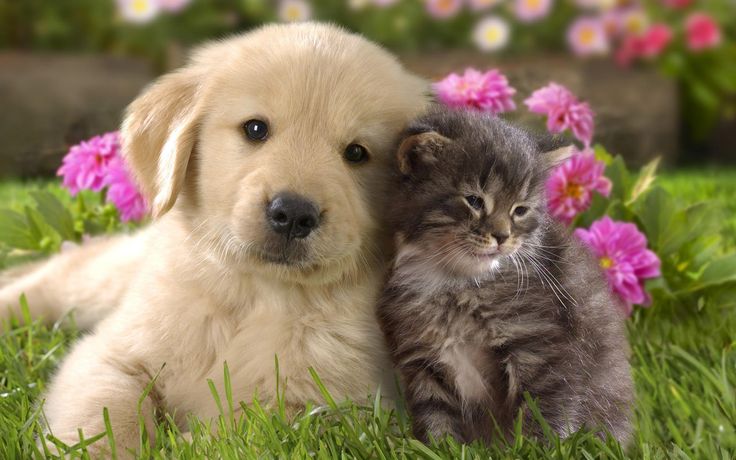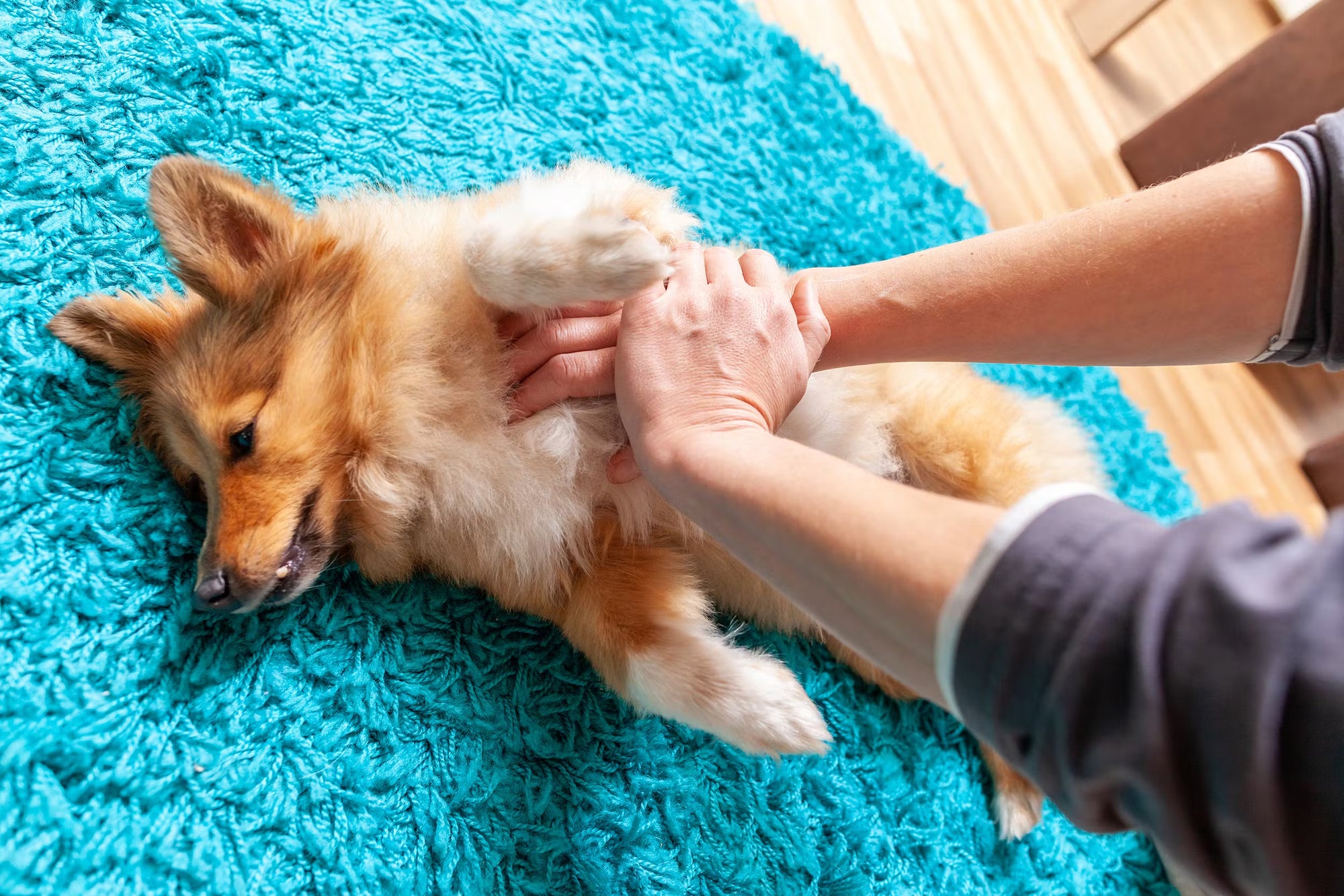Introduction:
Welcoming a new litter of puppies or kittens into your home is an exciting journey filled with anticipation and joy. However, navigating the intricacies of pregnancy in dogs and cats requires careful attention and preparation. In this comprehensive guide, we'll explore everything pet owners need to know about pregnancy in their canine and feline companions, from recognizing signs of pregnancy to ensuring a safe and healthy journey for both mother and offspring.
Understanding Canine and Feline Pregnancy: Pregnancy in dogs and cats, like humans, is a remarkable process characterized by specific stages and physiological changes. Understanding the basics of pregnancy in your pet is crucial for providing appropriate care and support throughout this transformative period.
Signs and Symptoms of Pregnancy :
- Changes in Appetite: Pregnant pets may experience fluctuations in appetite, with some exhibiting increased hunger while others may lose interest in food.
- Behavioral Changes: Expectant mothers may display nesting behaviors, seeking out secluded areas to prepare for the arrival of their offspring.
- Enlarged Abdomen: As pregnancy progresses, the abdomen of pregnant dogs and cats will gradually enlarge, becoming more noticeable over time.
- Mammary Gland Development: The mammary glands of pregnant females will begin to swell and may produce milk in preparation for nursing.
Preparation and Care During Pregnancy :
- Veterinary Care: Schedule regular check-ups with your veterinarian to monitor the progress of your pet's pregnancy and address any concerns or complications that may arise.
- Nutrition: Provide a balanced and nutritious diet tailored to the unique needs of pregnant and nursing pets, ensuring adequate intake of essential nutrients such as protein, calcium, and vitamins.
- Environmental Enrichment: Create a comfortable and stress-free environment for your pregnant pet, offering ample space for rest and relaxation.
- Whelping or Queening Area: Prepare a designated whelping or queening area where your pet can safely give birth and care for her offspring.
Postnatal Care and Beyond :
- Neonatal Care: Monitor the health and development of newborn puppies or kittens closely, providing warmth, nutrition, and veterinary care as needed.
- Spaying and Neutering: Consider spaying or neutering your pet to prevent unplanned pregnancies and promote population control.
- Responsible Breeding Practices: If planning to breed your pet, adhere to responsible breeding practices and prioritize the health and well-being of both parent animals and their offspring.
Conclusion: Pregnancy in dogs and cats is a unique and rewarding experience that requires careful attention and preparation from pet owners. By understanding the signs and stages of pregnancy, providing appropriate care and support, and prioritizing the health and well-being of both mother and offspring, you can ensure a safe and successful journey for your furry family members. Remember, proactive veterinary care and responsible breeding practices are essential for nurturing new life and fostering healthy generations of pets.





